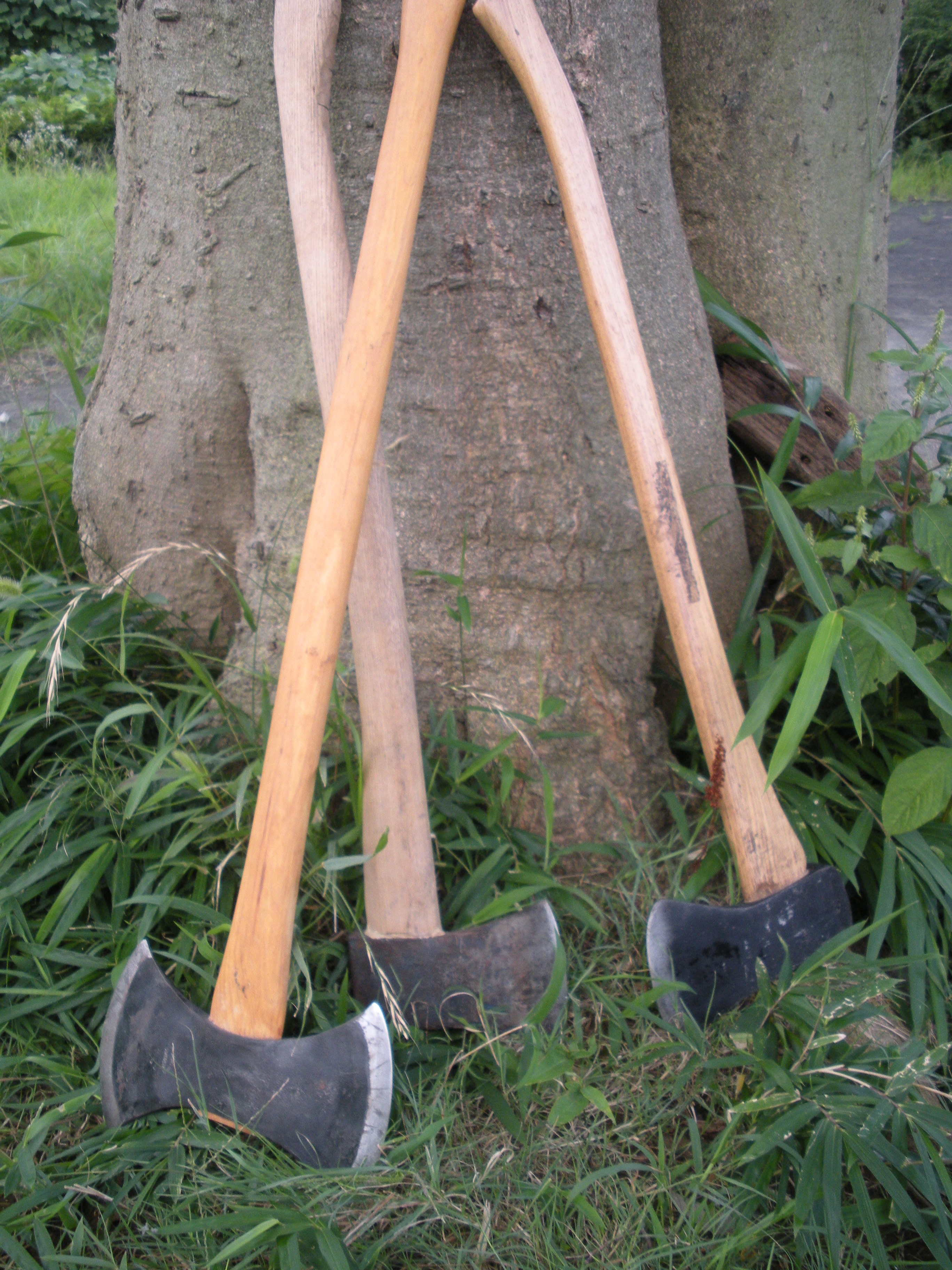Social media is often criticized for bringing out the ugliness of society. But isn't that what we want!? What we need?! Racism, sexism, ageism, the "isms" have been able to hide for far to long and social media works to ferret them out for everyone to see. The latest example was brought to light by the posting of a quote by Engineer, Isis Wegner of OneLogin along with her image in a recruitment advertisement. The post, reaction and commentary leads one to examine their own actions and words. Being brought into the light, the average person perpetuates the discussion online, traditional media picks it up, hashtags invite participation, and the conversation reverberates across the globe.
Imagine if we didn't have social media? This story goes away in a day, maybe it doesn't happen at all and are we any better as a society? Without social media, it, like all it's related isms, sits and festers for years, periodically popping up in small disconnected pockets and quickly dissipating like puddles after a summer shower... only to return again and again.
Social media gets none of the credit, nor does it seek it. It's a mere tool extending and expanding our humanity where I suspect ultimately good will triumph over evil with it's unrecognized help.
"Using social media and networking is like a light. It spreads and illuminates that which it is focused on and all objects around it. The spread breathes life into new forms of learning and growing and being and connecting." - Kevin Jones












